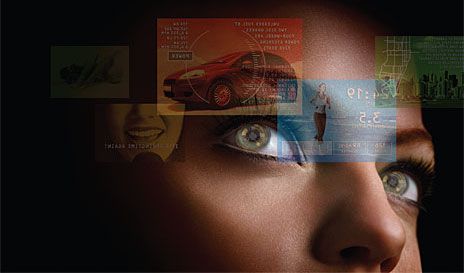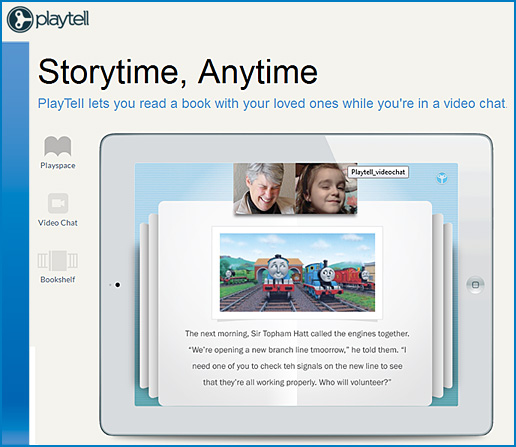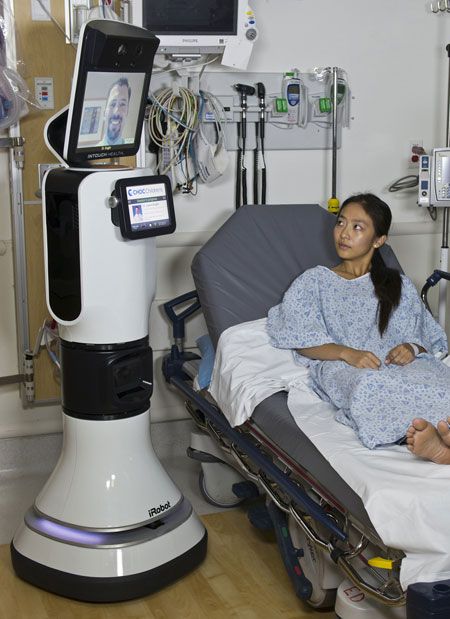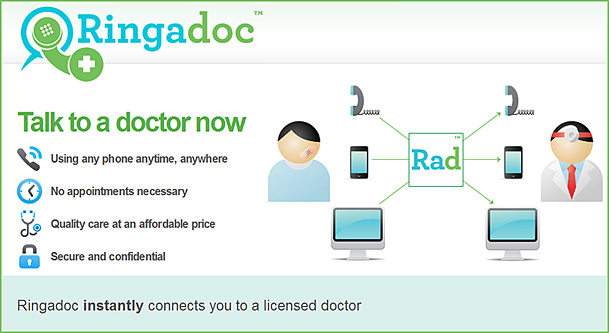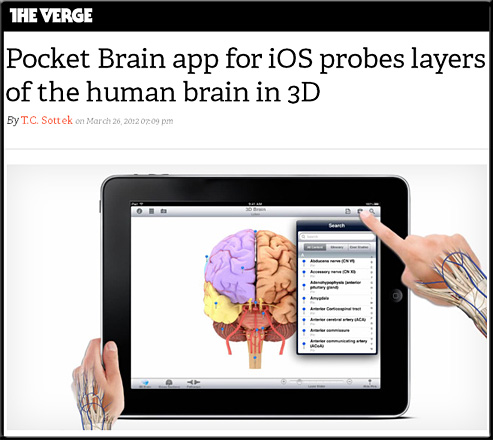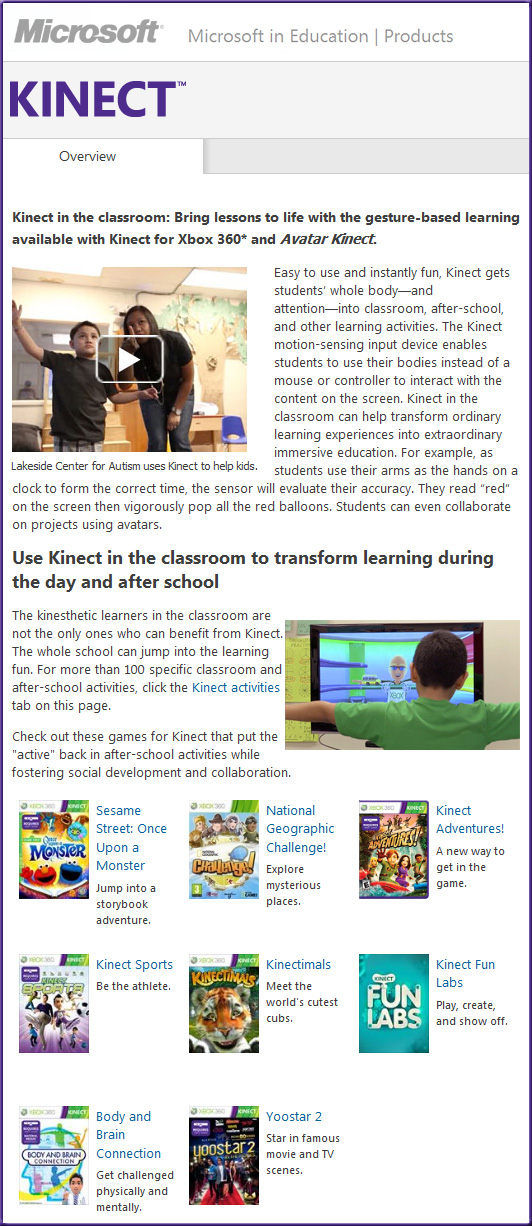Augmented reality in a contact lens — from spectrum.ieee.org by Babak A. Parviz
Top 9 best augmented reality iPhone apps in 2012 — from blog.startappz.com
Excerpt:
The principle of augmented reality based iPhone apps is to use the superb multitasking and image processing capabilities provided by the iPhone. Even though the technology of augmented reality is still in an embryonic stage, these smart iPhone apps give us a small glimpse of what’s to come. Most of these apps are available at Apple’s iTunes App Store. So check out the top 9 best Augmented reality apps for iPhone in 2012 Here are some really cool iPhone apps with augmented reality features.
Canon announces mixed reality system for industrial design teams — from Core77.com
50-gigapixel camera is straight out of science fiction — from futureoftech.msnbc.msn.com
David Brady / Duke University
.
.
The Abundance Builders — from wfs.org by Peter Diamandis and Steven Kotler
Progress occurs when inventive people solve problems and create opportunities. Here are just a few of the breakthroughs that offer the brightest prospects for a future that leaves austerity and deprivation behind.
.
HealthTap debuts paid private medical consultations via mobile device — from betakit.com
.
.
IKEA 2013 catalog has augmented reality — from augmentedblog.wordpress.com
And then some.
.
.
3D printing: The game changer — from T.Rowe Price by Hug Evans
Excerpt:
From my vantage point, 3D Printing is right up there as one of the most exciting innovations I’ve seen in the 20 years I’ve been around here. I think it’s going to change the way goods are manufactured across many industries.
.
DIY holodeck gaming system to be built by university students — from thecreatorsproject.com by Kevin Holmes
.
iRobot and InTouch Health announce RP-VITA Telemedicine Robot — from spectrum.ieee.org by Evan Ackerman
.
.
New 3D Printers From 2012 — from kraftwurx.com
.









